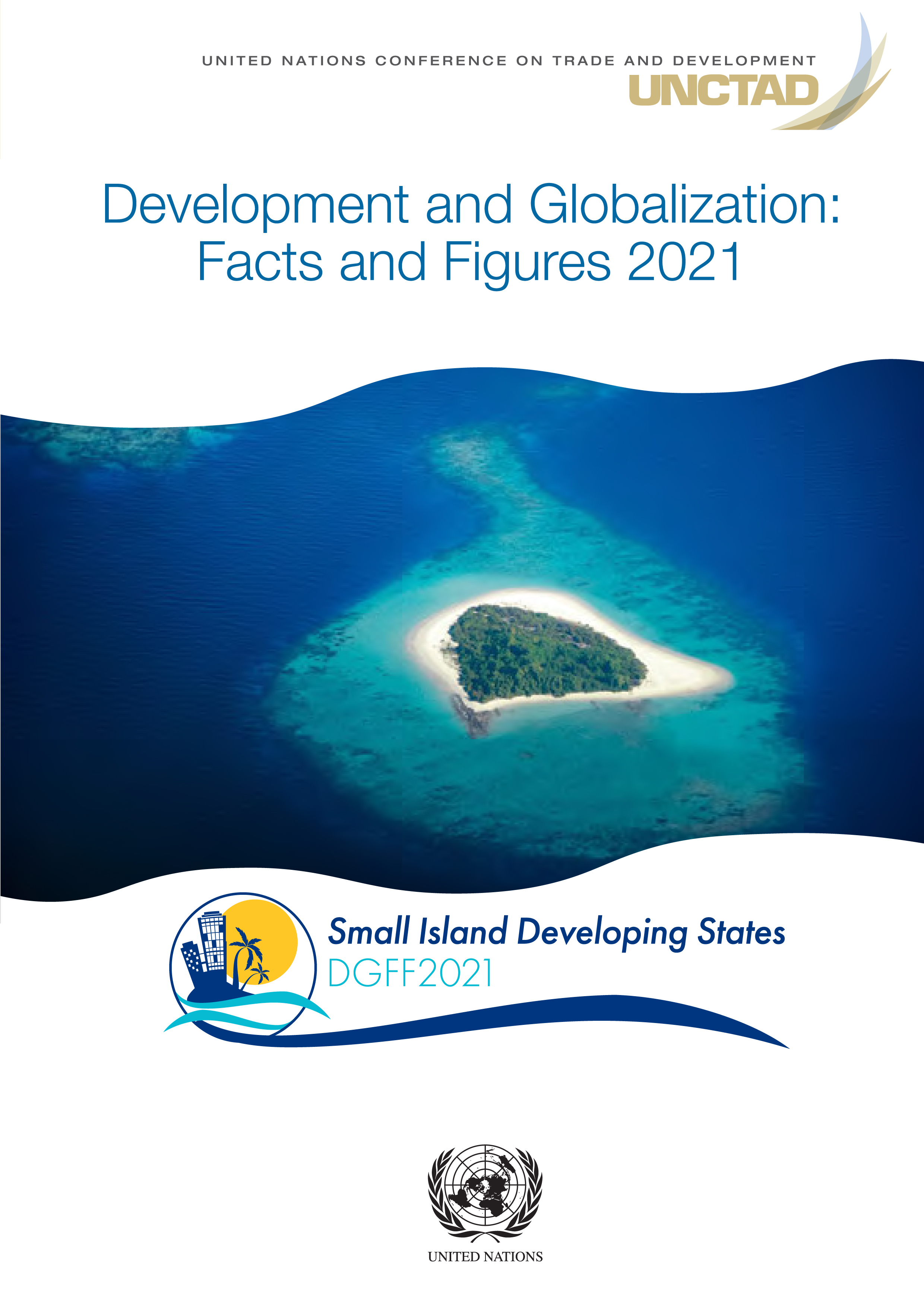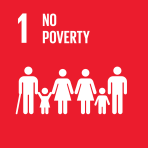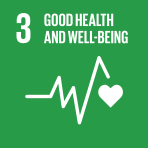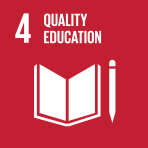- Home
- Books
- Development and Globalization
- Chapter
What makes a SIDS a SIDS

- Author: United Nations Conference on Trade and Development
- Main Title: Development and Globalization , pp 9-35
- Publication Date: April 2022
- DOI: https://doi.org/10.18356/9789210010375c003
- Language: English
There are countless islands dotted all around the world’s oceans, lakes, and rivers. They vary enormously in size, climate, and in flora and fauna. Some islands, such as the beautifully wooded Bled Island in Slovenia, or the remote and barren Skellig Michael off the coast of Ireland, now famous as a Star Wars location, are small. Others, such as Greenland or New Guinea, are massive. Some islands, such as Manhattan in New York or the tiny Santa Cruz del Islote off the coast of Colombia are crowded and densely populated. In contrast, the northern islands of Greenland, Baffin or Victoria barely support human life and are very sparsely populated. Yet others, such as the Pitcairns, best known as the haven to the mutineers of the HMS Bounty, or Easter island, home to the enigmatic moai are some of the most remote islands in the world. Singapore, on the other hand, lies less than 2 km south of Malaysia and is well connected by bridges and causeways. Manhattan and Long Island too are close to the mainland and very well connected. Some islands, like the Aleutian Islands in Alaska, are frozen all year round, whereas the Seychelles or Fiji are tropical. Spanning the oceans of the world, islands hold a rich variety of linguistic and cultural history. For example, across the Caribbean islands, cultural influences from indigenous groups, Africa, Asia, North America and Europe can all be found.
-
From This Site
/content/books/9789210010375c003dcterms_title,dcterms_subject,pub_keyword-contentType:Journal -contentType:Contributor -contentType:Concept -contentType:Institution105



